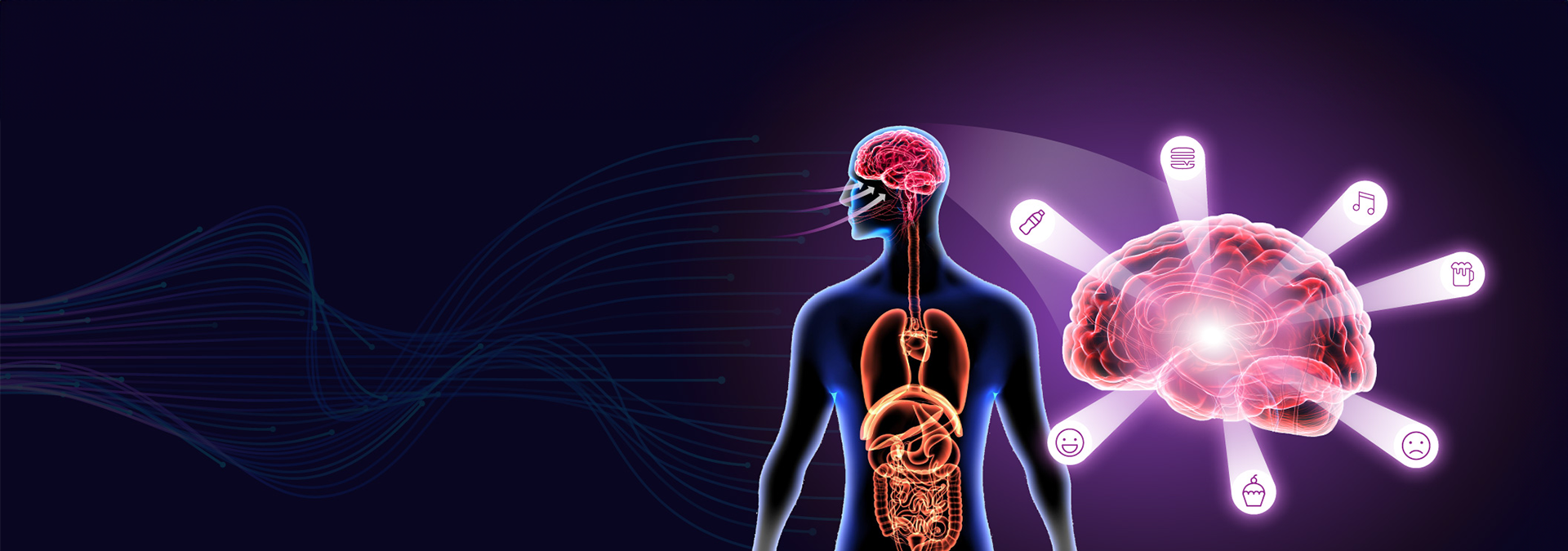Research
The brain and body are in continuous dialog. Brain-body communication requires interoception, the perception of internal bodily signals. In other words, “How do I feel?”
Insular cortex (or 'insula') is the main cortical site that integrates external cues with diverse bodily signals. We seek to understand brain-body communication, and its role in regulating diverse behaviors, by focusing on cortical computations in insular cortex, which is a central node in the brain-body loop.
We use cellular and sub-cellular two-photon imaging and holography for optogenetic activation of specific activity patterns, together with circuit-mapping, circuit manipulation and computational approaches. We combine these approaches with measurements and manipulations of bodily physiology, in the context of goal-directed behaviors.
Major questions we ask
- How are different physiological need states represented? How do we prioritize certain needs and behaviors over others?
- How are different internal sensations organized? How are these representations used to guide behavioral choice?
- What is the role of the interoceptive cortex? How are cortical computations used to regulate behavior and bodily function?





